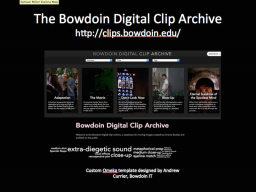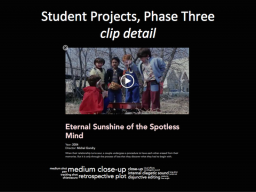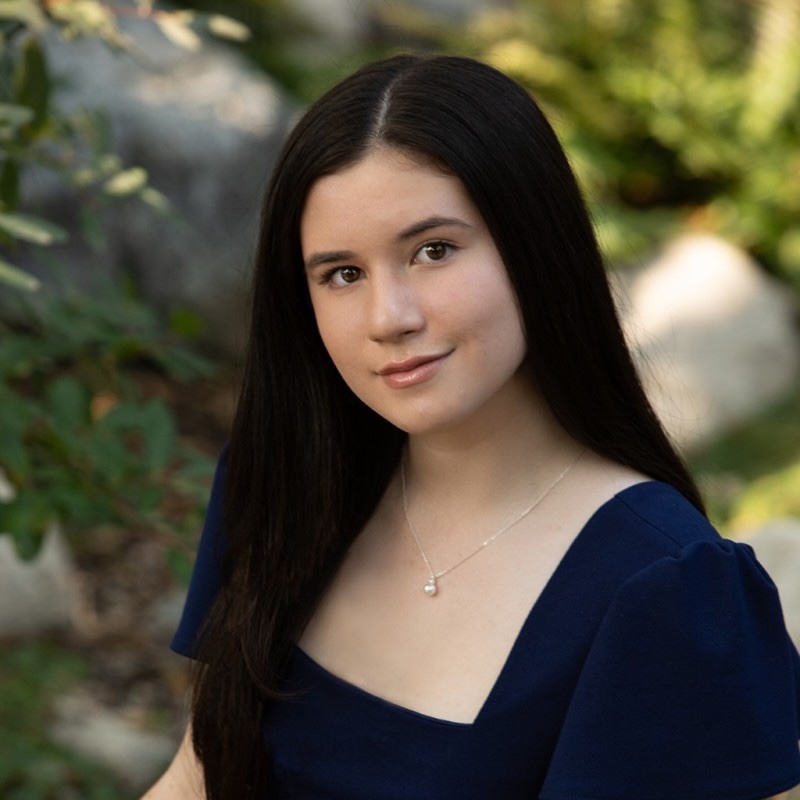Three Profs Put a Digital Spin on Humanities Classes
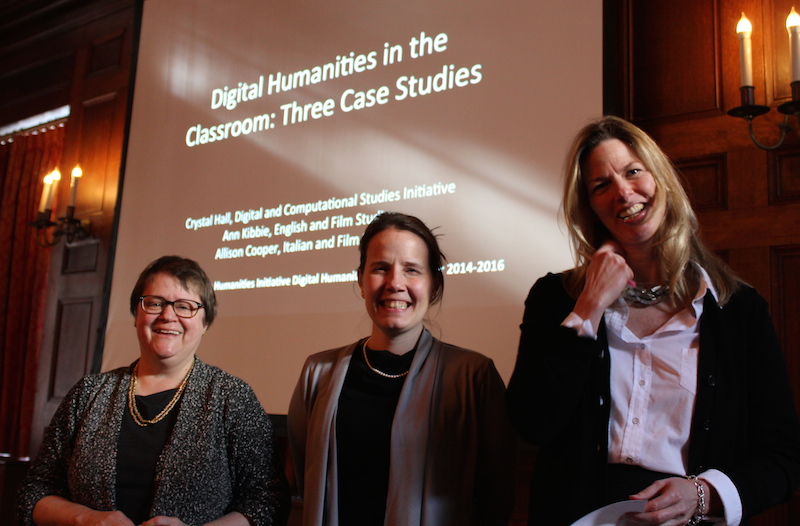
Associate Professor of English Ann Kibbie specializes in 18th-century literature. Allison Cooper, assistant professor of cinema studies and romance languages, focuses on Italian cinema. And two of professor Crystal Hall’s research areas are early modern Italian literature and Renaissance Florence.
While these specialties seem far removed from the world of digital technology, the three professors are using digital tools in their humanities classes to broaden the questions their students can ask and answer. Kibbie, Hall and Cooper recently spoke about the digital humanities courses they taught last semester for one of Bowdoin’s regular faculty seminars.
In her first-year seminar How to Read a Million Books, Hall, a visiting assistant professor of digital studies, promised her students that they would read that many books, in a sense. And they did read many, many books, but in the way computers read digitized versions of books, relying on codes and word scans to decipher patterns.
Before they undertook this project, the students read — in the traditional sense — Umberto Eco’s postmodern novel, The Name of the Rose. According to Hall, Eco purposefully made his book hard to interpret, adding discursive sections and other obstacles to complicate readers’ understanding of the book’s plot.
“I asked the students if we could perhaps use computation to help us understand some of the plot structures underlying the complex moments of allegory, apocalyptic visions, encyclopedic entries and all the other structures that Eco has inserted,” Hall said.
So they turned to the digitized form of the novel. By analyzing the frequency with which the name of the villain Jorge appears, the class was able to see a rather traditional and linear mystery plot. “[We created] a finger print of his appearance in the book,” Hall said.
They discovered that Jorge appears at the beginning of the novel and pops up somewhat in the first third, but he subsides in the middle section of the book. In the end, his name surfaces often, increasing in frequency until he is caught “in the act” at the book’s climax.
Hall said that a student noted, “‘So the bad guy shows up in the beginning, disappears in the middle and then comes back in a sudden reveal that he is guilty? Isn’t this how Scooby-Doo works?’” She added, “Underneath this incredibly erudite self-aware text is a recognizable plot element. Computation helped us see something Eco was trying very hard to stop us from seeing.”
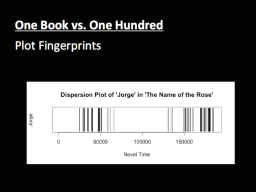
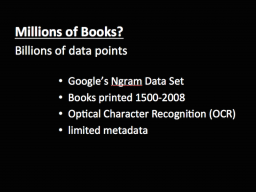


Ann Kibbie, Mapping 18th-century London
In her talk, Kibbie described how the students in her class, Imagining London in Eighteenth-Century Literature, used Google maps to augment their understanding of 18th-century texts. Her students read a real-life journal, novels, poems and periodical essays set in London. These readings, with their vivid, detailed passages of the city, help reduce the distance between a reader in 2015 and the city in the 1700s. But Kibbie wanted to bring her students even closer to the narrow streets and crowded tenements of London — so she had her class create maps to “feel what it was like to walk in the streets.”
“I hoped this work of mapping would help my students imagine the city in a different way and approach the literary texts in a different way,” Kibbie said.
The students broke into groups to create maps depicting the two different Londons inhabited by a real writer, James Boswell, and a fictional character, Daniel Defoe’s Moll Flanders. One group mapped the coffee houses frequented by Boswell, the celebrated biographer of Samuel Johnson. Coffee houses, a new feature in 18-century London, were the “the Internet of the 18th-century,” Kibbie said. The other group mapped the escape routes that Flanders took to flee from the scenes of her crimes.
In an individual project, one student mapped the parts of London that the character Evelina from a Frances Burney novel visited with both her upper- and her lower-class friends. The map showed the greater mobility of the middle-class characters, and the distances these characters had to travel to participate in London’s elite social scene, Kibbie said.
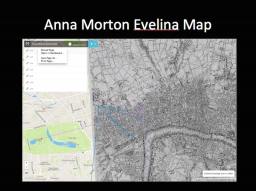
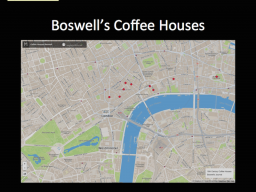


Allison Cooper, Building a Film Archive
With help from Bowdoin software engineer Andrew Currier, Cooper and the students in her class, Film Narrative, helped build up Bowdoin’s interactive film database, the Bowdoin Digital Clip Archive.
According to Cooper, the clips and metadata in this archive can help researchers on Bowdoin’s campus conduct film research. She launched the archive last year for her own investigations into cinematic depictions of Rome. For her fall semester class, she opened up and broadened the archive for her fall semester class.
Her 50-student class broke into small groups that first had to select a film genre, such as science fiction, and one film in that genre for close analysis. The groups then chose interesting clips from the film to upload to the archive. They tagged each clip with words and phrases to describe the film clip’s sound, editing, cinematography and narrative elements. These included “disjunctive editing,” “retrospective plot,” “tracking shot,” “costume,” etc.
Searching the archive for one of these metadata tags brings up all the other film clips uploaded and tagged with the same term, opening up new possibilities for film analysis and comparison. For example, Cooper said, “The students talked about the different ways costumes functioned in each film and in each scene” from the movies The Matrix, Vertigo, Donnie Darko and Eternal Sunshine of the Spotless Mind.
She added, “It can be very useful because you can ask all sorts of interesting research questions of films with this kind of software.”
